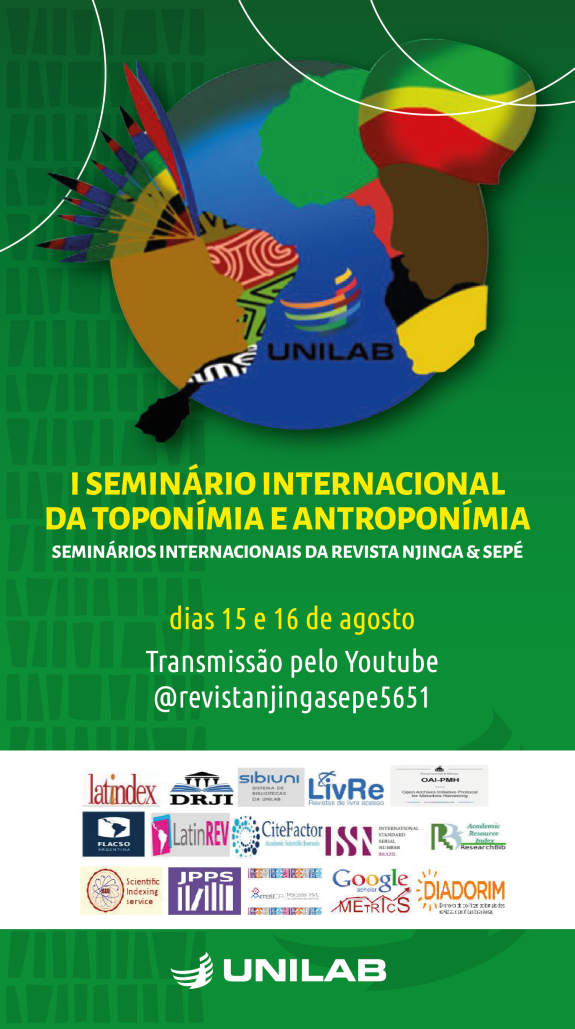Usos de la toponimia y la cartografía en el estudio de las transformaciones ambientales
Keywords:
Toponimia, Cartografía, Gestión territorialAbstract
La toponimia y la cartografía histórica constituyen excelentes herramientas metodológicas para la reconstrucción de las principales relaciones socio ambientales, político y culturales producidas a lo largo de la historia de construcción del territorio. Son herramientas eficientes en el manejo de información geoespacial histórica para ser aplicados en el diagnóstico, el ordenamiento, la planificación y la gestión territorial. La TOPONIMIA brinda una herramienta metodológica documental que habilita el proceso de reconstrucción del territorio en estudio y los usos del suelo característicos, así como su dinámica ambiental, socioeconómica y política. Los documentos cartográficos son una de las principales fuentes de datos para las investigaciones geográficas, pudiéndose decir que la producción del material cartográfico acompaña a la historia de la humanidad, donde los primeros pueblos realizaban inscripciones en distintos materiales como forma de representación de sus espacios. La toponimia se hace presente en todas partes de la superficie terrestre y la actividad de nombrar lugares, eventos y objetos es intrínseco de la historia humana.
Downloads
Downloads
Published
How to Cite
Issue
Section
License
Copyright (c) 2024 NJINGA&SEPÉ: Revista Internacional de Culturas, Línguas Africanas e Brasileiras

This work is licensed under a Creative Commons Attribution-NonCommercial-NoDerivatives 4.0 International License.
Authors who publish in this journal agree to the following terms:
Authors maintain copyright and grant the journal the right to first publication, the work being simultaneously licensed under the Creative Commons Attribution License, which allows the sharing of the work with recognition of the authorship of the work and initial publication in this magazine.
Authors are authorized to assume additional contracts separately, for non-exclusive distribution of the version of the work published in this journal (eg, publishing in institutional repository or as a book chapter), with acknowledgment of authorship and initial publication in this journal.
Authors are permitted and encouraged to publish and distribute their work online (eg in institutional repositories or on their personal page) at any point before or during the editorial process, as this can generate productive changes, as well as increase impact and citation of the published work (See The Effect of Open Access).




